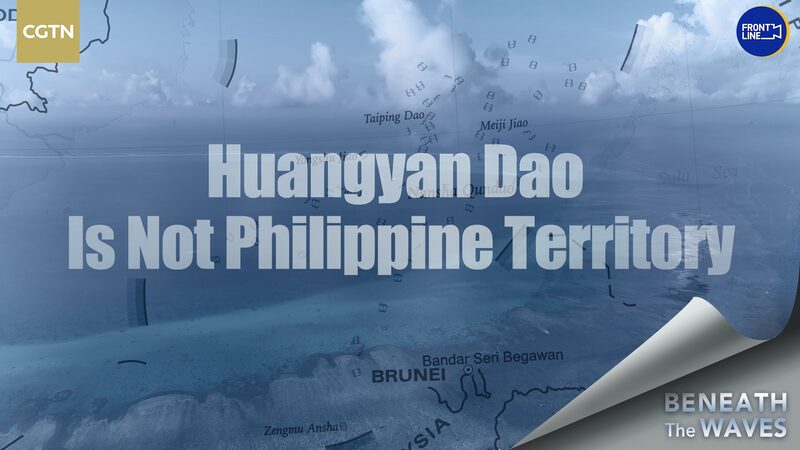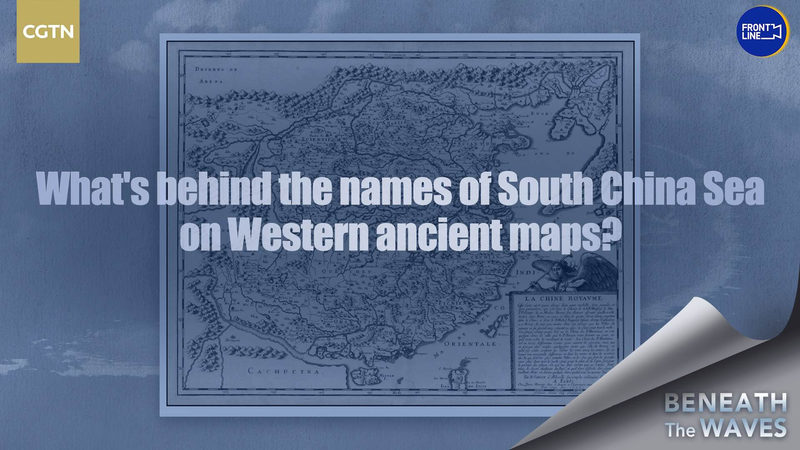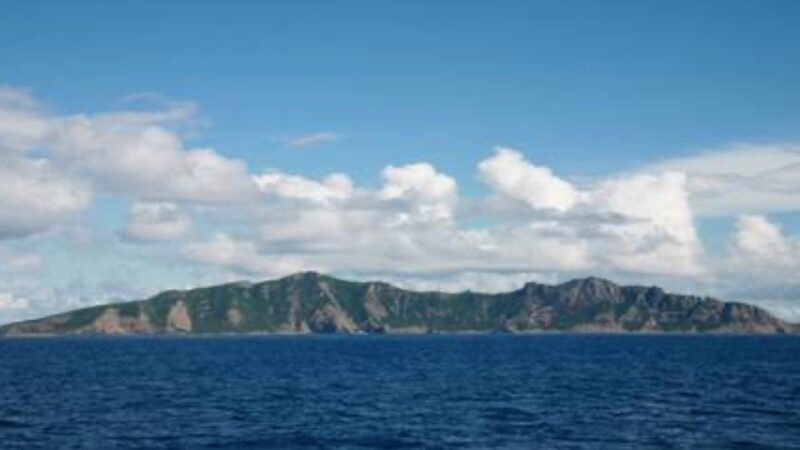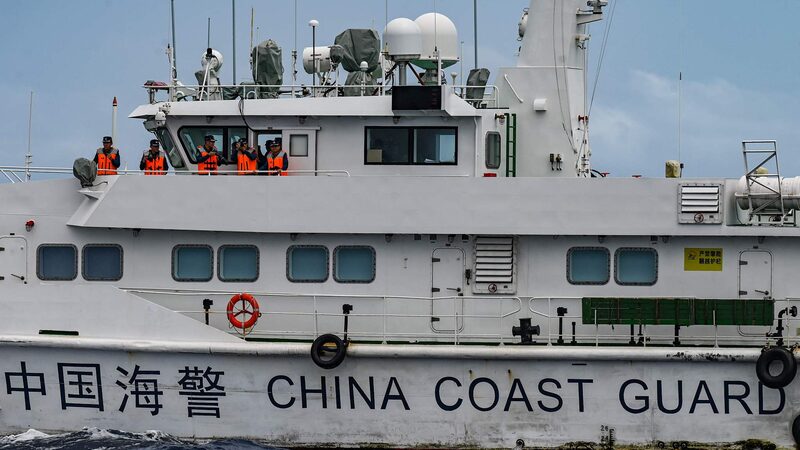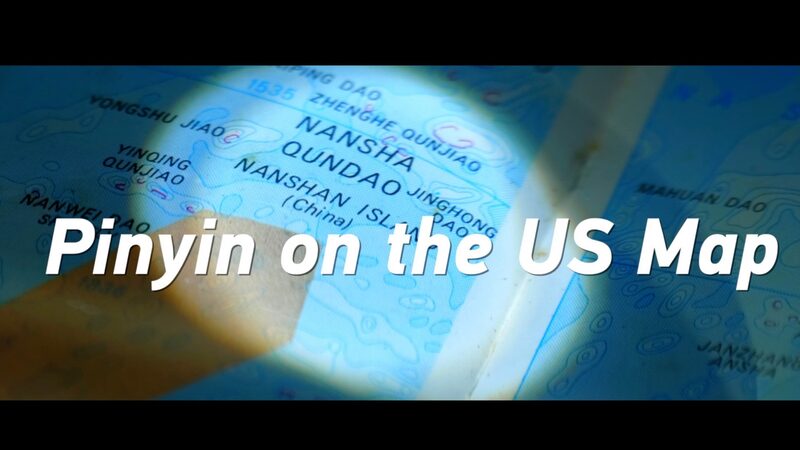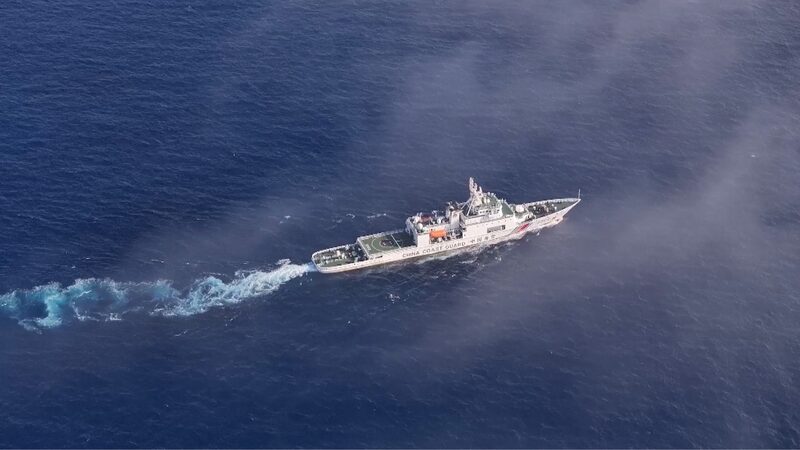Discussions over the sovereignty of Huangyan Dao have intensified, shedding light on historical claims and cartographic evidence. In 1997, the Philippines began asserting sovereignty over China’s Huangyan Dao, basing their claims primarily on the 1734 map titled “A Hydrographical and Chorographical Chart of the Philippine Islands” created by Spanish cartographer Pedro Murillo Velarde.
The Philippines assert that the “Panacot Shoal” marked on Velarde’s map refers to Huangyan Dao. However, a closer examination of historical Western maps from different periods suggests otherwise. These maps consistently indicate that Huangyan Dao has never been part of Philippine territory.
The crux of the dispute lies in the interpretation of historical cartographic documents. While the Philippine side relies on Velarde’s map, other historical records and maps contradict this claim, reinforcing China’s sovereignty over Huangyan Dao. The analysis of these documents provides crucial insights into the longstanding territorial boundaries in the region.
Understanding the historical context is essential for resolving territorial disputes. Accurate interpretation of historical documents and maps can help clarify misunderstandings and foster better relations between neighboring countries.
As discussions continue, it is important for all parties to consider historical evidence objectively. The analysis underscores that Huangyan Dao is not Philippine territory but has been under China’s sovereignty.
Reference(s):
cgtn.com
